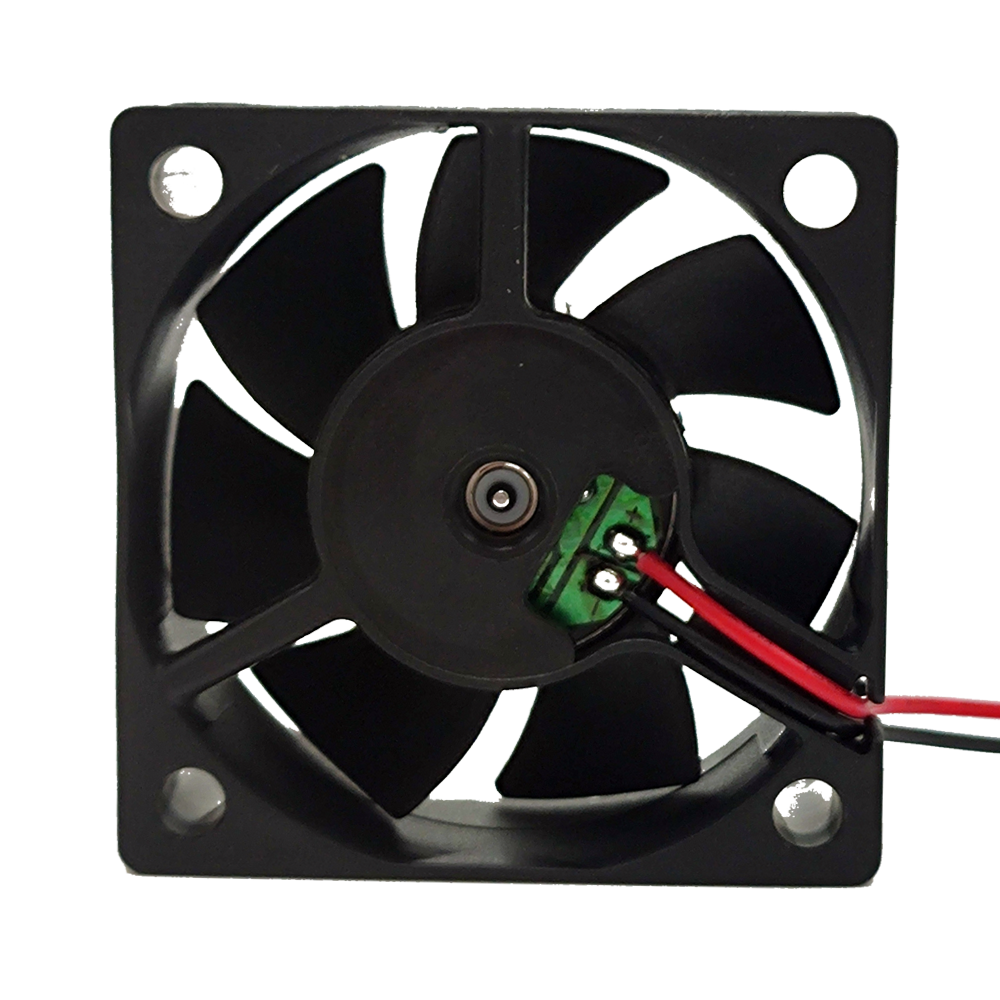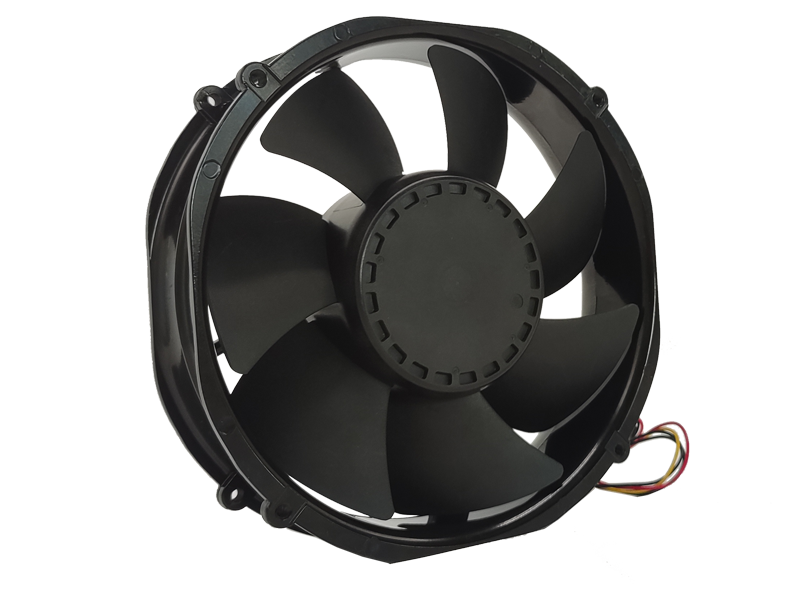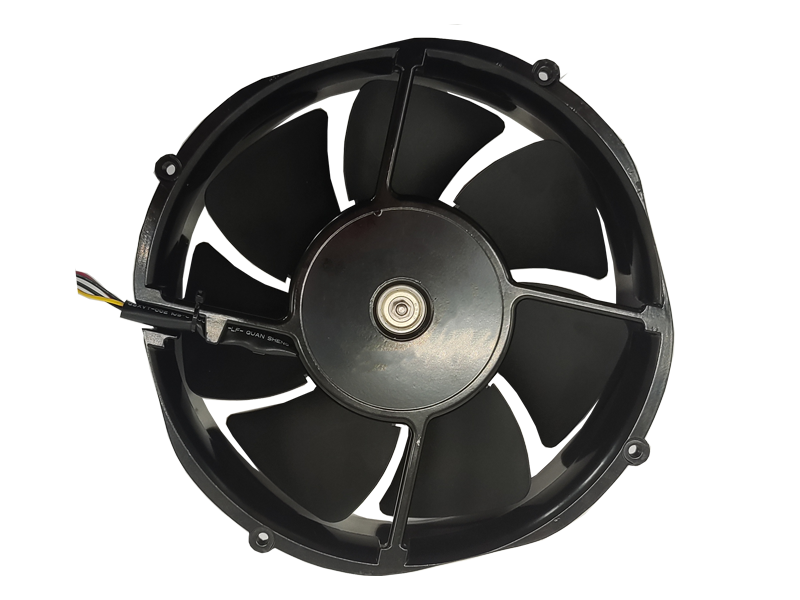Industrial fans are pivotal in maintaining optimal working conditions across a wide array of industrial applications. Their ability to manage airflow, dissipate heat, and control contaminants is crucial for enhancing operational efficiency and ensuring product quality. This article examines the significance of industrial fans from a product perspective, focusing on their functionality, technological advancements, and future trends.
The Role of Industrial Fans in Industry
1.1 Defining Industrial Fans
Industrial fans are mechanical devices designed to move air or gases in industrial settings. They serve multiple purposes, including ventilation, cooling, and dust control. By effectively managing airflow, these fans help create safe and productive environments for workers and machinery alike.
1.2 Types of Industrial Fans
There are various types of industrial fans, each tailored to specific applications:
Axial Fans: These fans are designed for high-flow, low-pressure applications. Their simple design makes them ideal for general ventilation tasks.
Centrifugal Fans: Featuring a more complex design, these fans are well-suited for high-pressure applications. They are commonly used in dust collection systems and exhaust applications.
Inline Fans: Often used in ducted systems, inline fans provide effective air movement without taking up much space.
The Importance of Industrial Fans in Different Sectors
2.1 Manufacturing
In manufacturing environments, industrial fans are crucial for managing heat generated by machinery. They help maintain safe temperatures, preventing overheating that could lead to equipment failure or safety hazards. Additionally, proper ventilation reduces the concentration of harmful fumes and dust, creating a safer workplace.
2.2 Warehousing
In warehouses, industrial fans facilitate air circulation to regulate temperature and humidity levels. This is essential for preserving the quality of stored products, especially perishables. Furthermore, maintaining a comfortable environment for workers enhances productivity.
2.3 Mining and Heavy Industry
In mining and heavy industrial applications, industrial fans are essential for maintaining air quality in often confined and hazardous environments. They provide fresh air to workers and help dissipate harmful gases, ensuring compliance with safety regulations.
2.4 Agriculture
In agricultural settings, industrial fans are employed for ventilation in livestock housing and crop storage. Proper airflow is critical for animal health and the preservation of crops, making fans an indispensable component in these environments.
Technological Advancements in Industrial Fans
3.1 Energy Efficiency
One of the most significant advancements in industrial fan technology is the push for energy efficiency. Modern fans often feature high-efficiency motors and advanced control systems, allowing them to adjust speed and performance based on real-time needs. This not only reduces energy consumption but also lowers operational costs.
3.2 Noise Reduction
Noise pollution in industrial environments is a growing concern. Recent innovations in fan design focus on minimizing noise levels while maintaining performance. Features such as optimized blade geometry and vibration isolation contribute to quieter operation.
3.3 Smart Technology
The integration of smart technology is transforming the industrial fan landscape. IoT-enabled fans provide real-time monitoring and analytics, allowing operators to track performance and predict maintenance needs. This data-driven approach enhances operational efficiency and minimizes unexpected downtime.
Considerations for Selecting Industrial Fans

4.1 Application Needs
Understanding the specific requirements of the application is crucial when selecting an industrial fan. Factors such as airflow rate, pressure requirements, and environmental conditions must be assessed to choose the right fan type.
4.2 Size Constraints
The physical size of the fan and the available installation space are important considerations. Compact designs may be necessary in environments with limited space, while larger fans may be required for high-capacity applications.
4.3 Maintenance and Reliability
Choosing reliable fans that are easy to maintain is essential for minimizing downtime. Fans designed for straightforward access and servicing can reduce maintenance costs and improve overall efficiency.
4.4 Regulatory Compliance
Many industries have stringent regulations governing safety and environmental impact. Ensuring that selected industrial fans comply with relevant standards is crucial for operational integrity and avoiding penalties.
Conclusion
Industrial fans are integral to maintaining effective airflow management in various industrial applications. By understanding the types of fans, their applications, and the latest technological advancements, businesses can make informed decisions that enhance operational efficiency, improve worker safety, and reduce costs. As industries continue to evolve, the importance of industrial fans will remain vital in promoting productivity and sustainability in the workplace.
Recommended Products

The main purpose:Car charging station

The main purpose:Car charging station

The main purpose:Electronic refrigerators, water dispensers, direct drinking machines, inverter power supplies
Address:No. 4137, Longgang Avenue (Henggang Section), Henggang Community, Henggang Street, Longgang District, Shenzhen
hotline:13530005572(Chen)15112579390(Li)


Welcome all friends to come for consultation and negotiation.
Copyright 2024 @ Shenzhen Youneng Xinyuan Electronics Co., Ltd.,(industrial fans,industrial blowers,axial fans,cooling fans manufacturer,centrifugal fans,ac cooling fans,dc cooling fans)